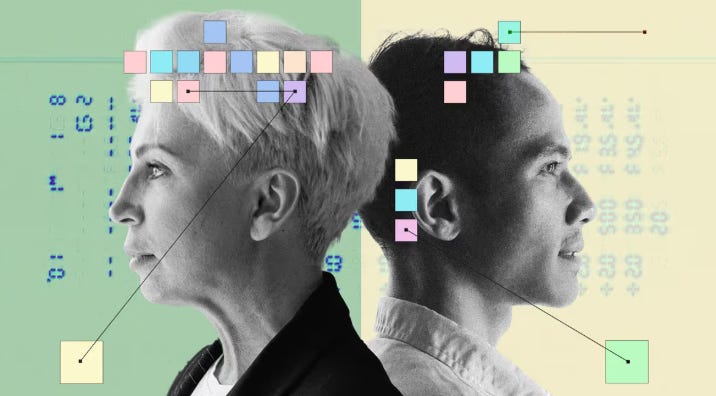The core reasons companies hire consultants are unlikely to go away any time soon. Organizations will continue to need external, specialized expertise, flexible capacity, credible validation, and an independent perspective on complex problems.
But while the demand remains, AI is undermining the traditional model consulting firms use to fulfill it. This model depends on junior consultants spending weeks on tasks such as gathering data, analyzing it, modeling scenarios, and crafting slides to support senior consultants-led recommendations. Today, AI systems can do all of that, and more—and they do it faster, more cheaply, and, in many cases, better.
For example, McKinsey’s proprietary AI assistant, Lilli, is now used by over 72% of its workforce, reducing research and synthesis time by around 30%. The Boston Consulting Group is using Deckster, a tool that creates presentation decks in minutes, and Bain has deployed Sage, an AI copilot trained on its internal IP.
In response, we propose that a new model is emerging: the consulting obelisk. Unlike the traditional consulting pyramid, which depends on a wide base of junior consultants, the obelisk represents a tall, narrow model: fewer layers, smaller teams, and more leverage at every level. Instead of relying on sheer scale, this model is built around three human roles.
Read more | HARVARD BUSINESS REVIEW

